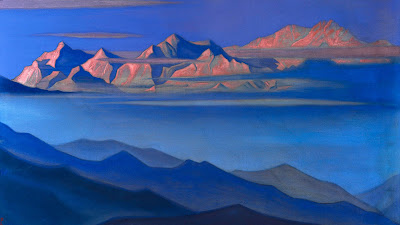NOTE: Enjoy the first four chapters of The Hobbit, and try to look for subtle--and not-so-subtle--connections to the world of Beowulf. We'll examine this more carefully in later chapters. For now, here are some questions to help you get the lay of the land on your journey...
Answer TWO of the following:
Q1: When it first came out, The Hobbit was considered a children’s story for two reasons: the characters/situations and the style. While most critics no longer agree that fantasy alone makes a story ‘juvenile,’ they are less certain about the style. Do you feel that the story is written more for children than adults? What about the style might make people read it this way? Do you think that was Tolkien’s intention (and if so, how much should we honor it)?
Q2: Headley talked about Tolkien’s preference for “archaic” language when translating works like Beowulf. In his own work, however, we find something quite different, as in this passage from Chapter 1: “I should like to know about risks, out-of-pocket expenses, time required and remuneration, and so forth” (21). He also includes pipes and references to post offices in the book, which would clearly be out of place in this mythical setting. Why could we argue that every work of fantasy is a kind of translation, and why might he actually prefer Headley’s theory of translation to his own?
Q3: Though The Hobbit opens with a simple domestic scene (“in a hole in the ground there lived a hobbit”), where does Tolkein hint that a great mythology lies behind the prosaic world of the Shire? Why do you think he felt it necessary to let glimpses of this ancient world shine through? How does it affect how we read and understand the work as a whole?
Q4: In Chapter II, “Roast Mutton,” the dwarfs reflect on Gandalf: “So far he had come all the way with them, never saying if he was in the adventure or merely keeping them company for a while. He had eaten most, talked most, and laughed most. But now he simply was not there at all!” (30). What kind of character/wizard is Gandalf, and how does he compare to the idea of a ‘wizard’ in popular culture?

No comments:
Post a Comment